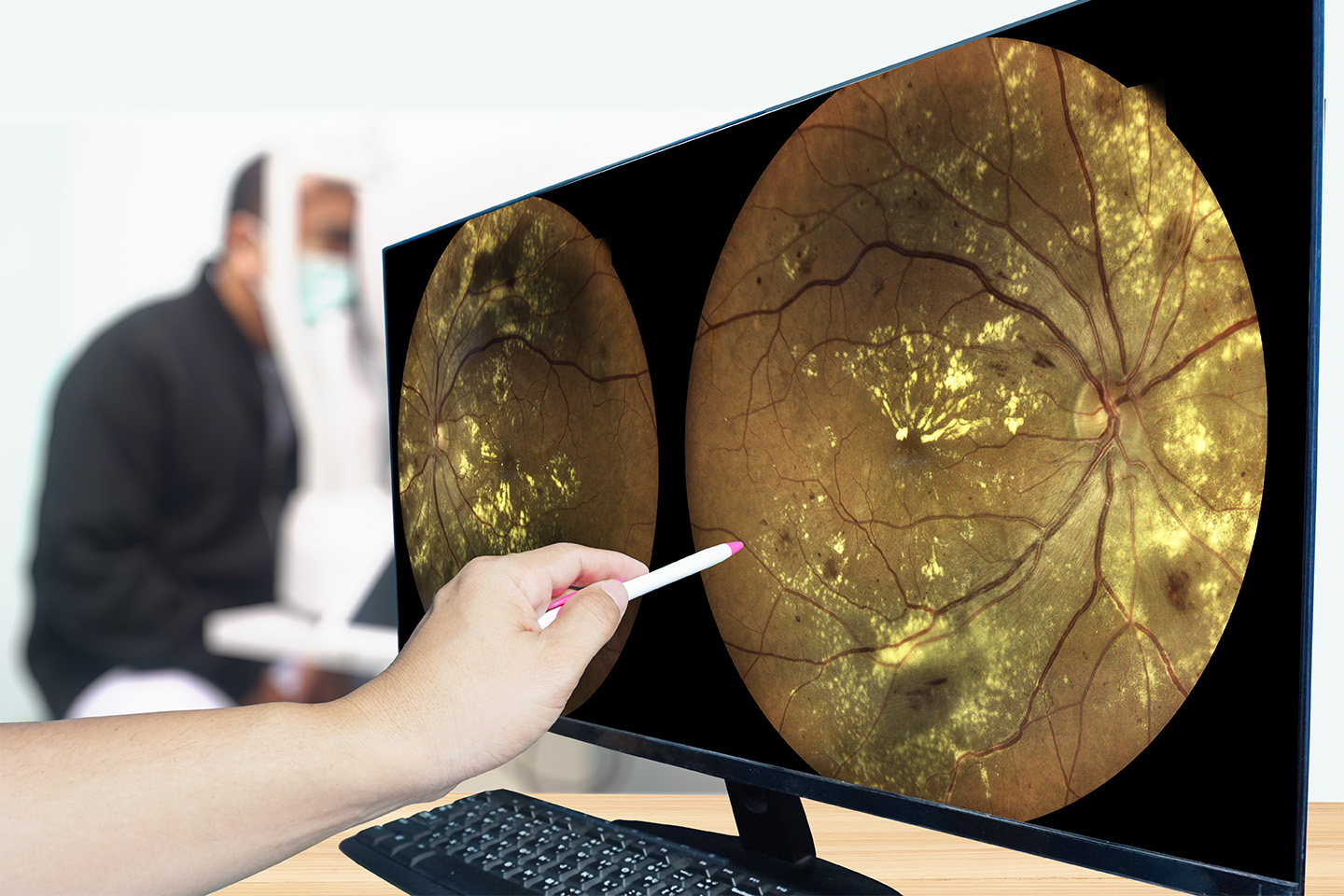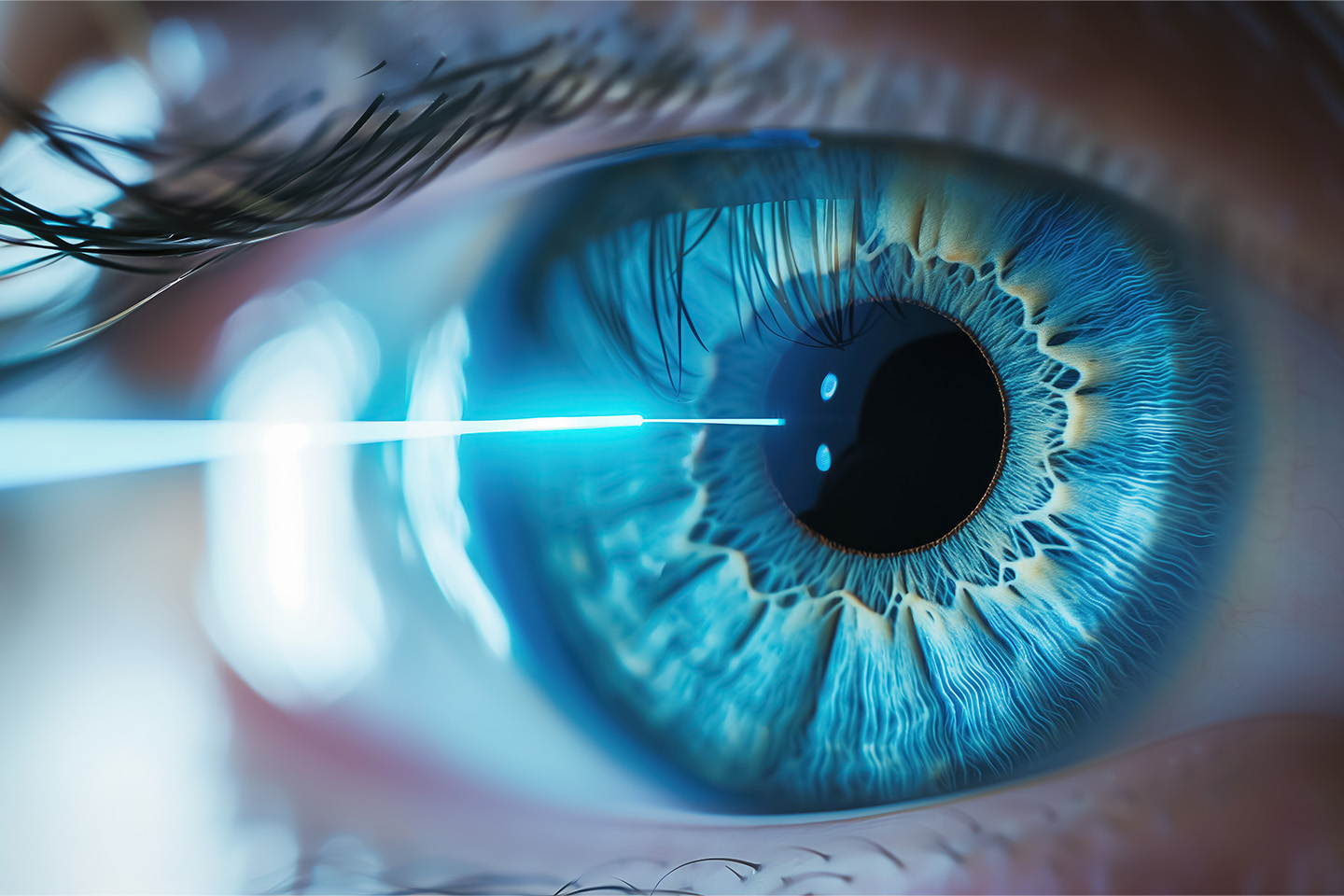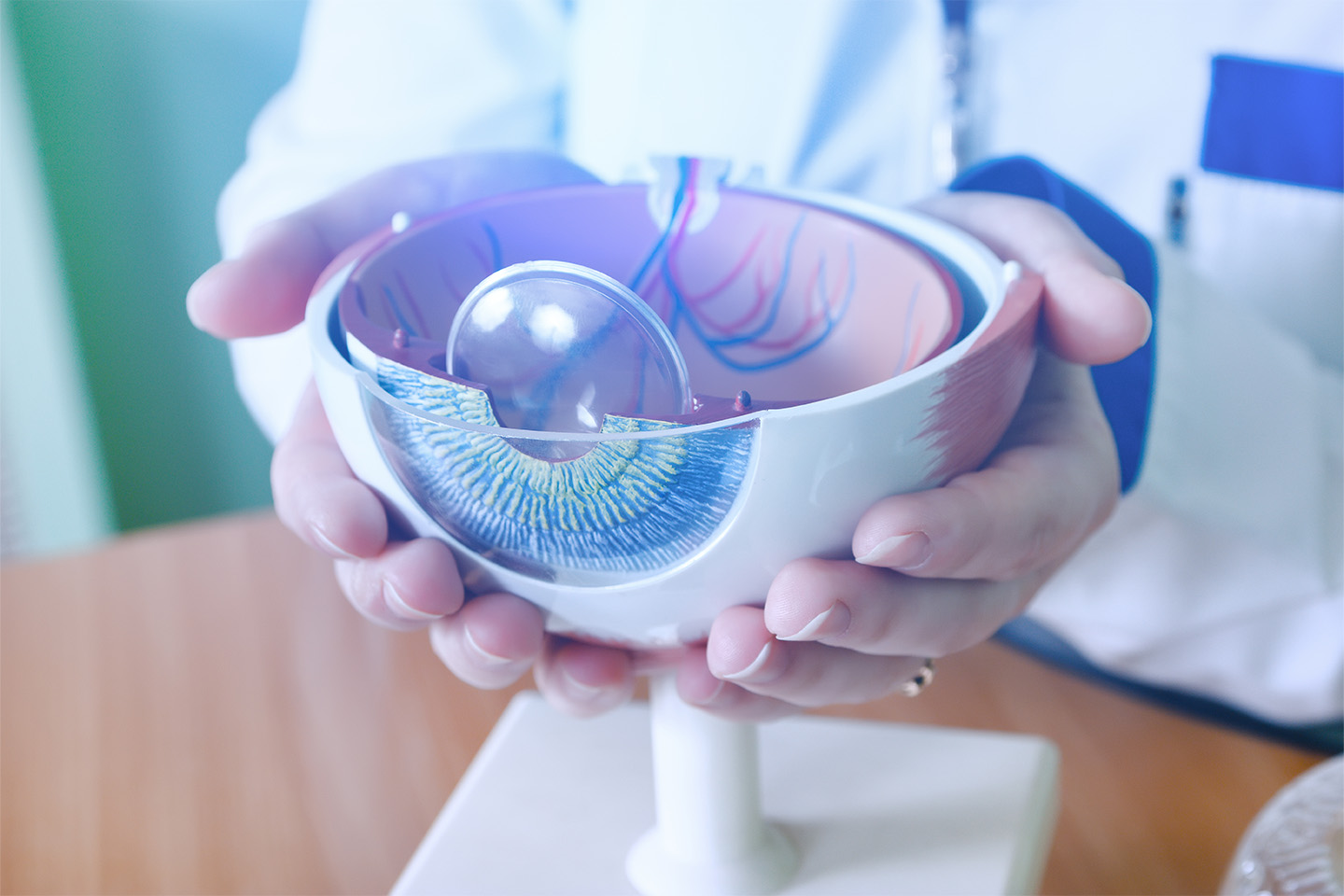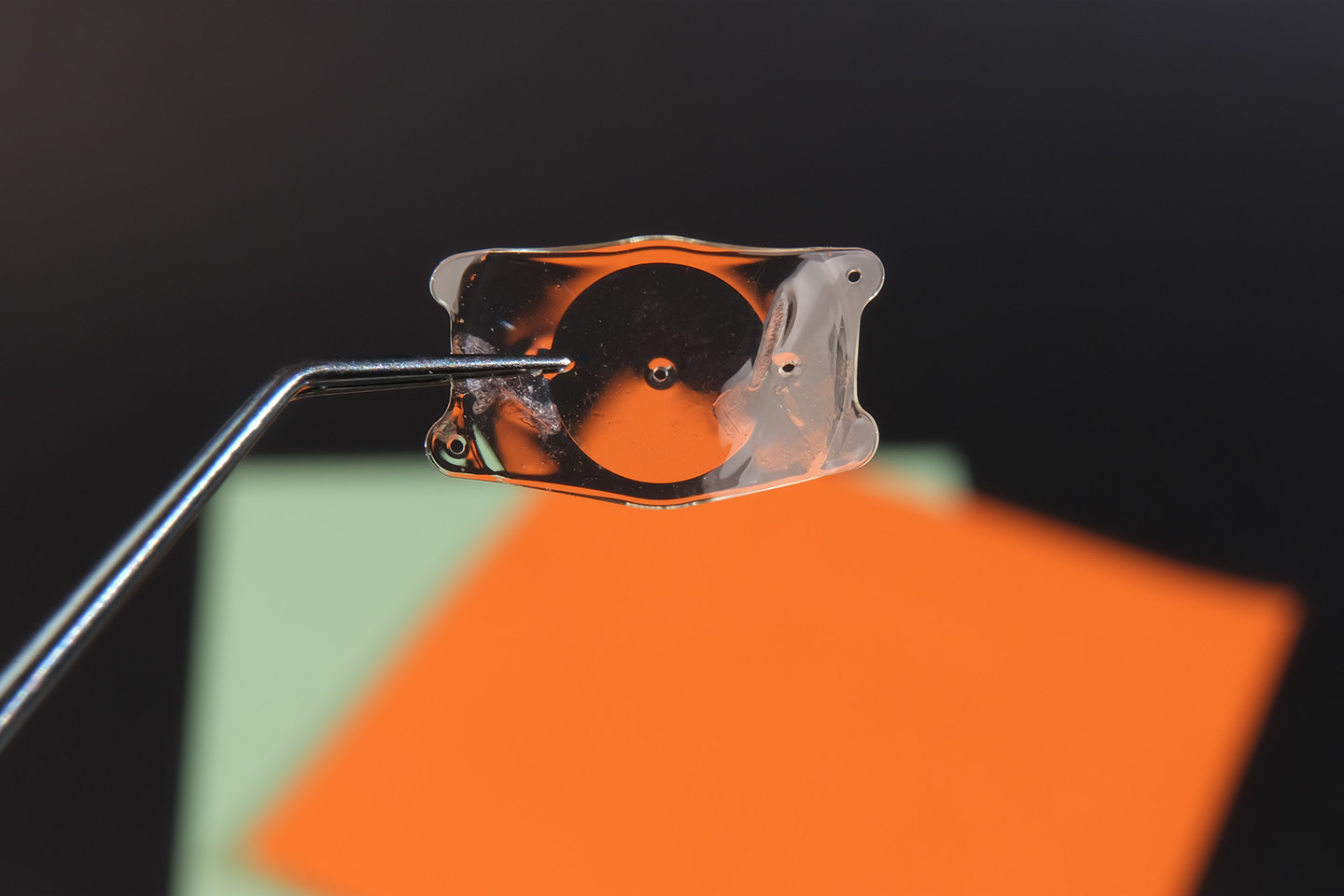How to Treat Age-Related Macular Degeneration

As you grow older, several conditions can affect your vision. If you develop age-related macular degeneration, (AMD) there are few warning signs. AMD involves the degeneration of the central retina at the back of your eye. There are two types of AMD, and they have unique treatment options. Learn more about wet and dry AMD, in the following article compiled by our eye doctors in Grand Junction.
Wet AMD Vs. Dry AMD
Dry AMD makes up most of AMD cases. It develops less rapidly than wet AMD and comes from retinal deposits known as drusen.
Wet AMD accounts for 10 to 15% of AMD cases. Of the two, wet AMD has more serious consequences due to abnormal blood vessels that begin to form beneath the macula. These vessels can leak fluid and/or blood that damages your eye.
Early detection is a huge advantage for successful treatment in both types of AMD.
Treatment for Wet AMD
There are medications and therapies used to treat wet age-related macular degeneration. Treatment can slow the progress of the disease and, when started early enough, treatment may restore some lost vision.
Medications used to treat wet AMD block the growth of new blood vessels and include the following:
- Bevacizumab (Avastin)
- Aflibercept (Eylea)
- Brolucizumab (Beovu)
- Ranibizumab (Lucentis)
During this treatment, the doctor injects medication into the impacted eye. Typically, patients receive injections every four to six weeks. As the blood vessels shrink, you may regain some vision. There are some risks associated with the injections, including increased eye pressure and eye hemorrhages.
Other less used therapies include photodynamic therapy in which the doctor treats the abnormal blood vessels. By shining a laser into the abnormal blood vessels, the doctor can stop the leakage.
Photocoagulation involves a laser beam used to seal the enlarged blood vessels. However, scarring from the laser can sometimes cause a blind spot and the vessels may grow back, requiring additional treatment.
Age-related macular degeneration affects your central vision but not your peripheral vision. Therefore, you can work with a low vision specialist to find ways to adapt to the impairment.
Treatment for Dry AMD
Researchers are still working on direct treatments for dry AMD. Taking vitamin supplements and eating healthy foods can help slow the progression of the disease. Your eye doctor will probably also ask you to quit smoking to help reduce the progression of dry AMD.
As with wet AMD, a low vision specialist can help you adapt to your changing vision. If you develop advanced dry AMD in both eyes, you could opt for a telescopic lens implant in one eye. This tiny tube has lenses that can improve your vison. It can improve both close-up and distance vision but has a very narrow range of vision.
At Grand Junction ICON Eyecare, we specialize in cataract and LASIK surgery in Grand Junction. However, our ophthalmologists in Grand Junction also diagnose age-related macular degeneration. Coming in for regular eye exams can help us identify this condition early, giving you more time to pursue various therapies and treatments. Contact us today to set up an appointment if you suspect you have this condition.
[DISPLAY_ULTIMATE_SOCIAL_ICONS]









